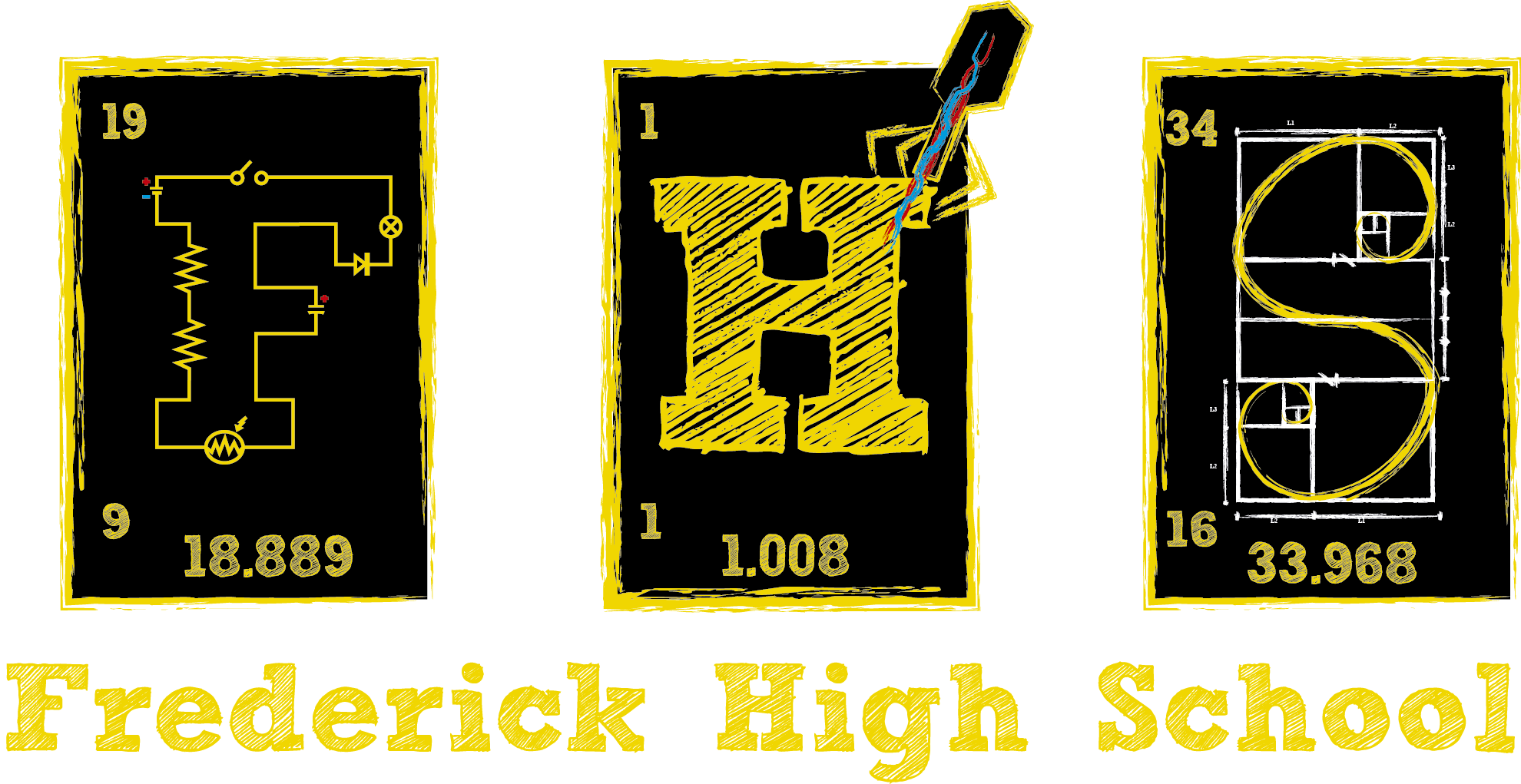Team:FHS Frederick MD/LOV Domain
From 2014hs.igem.org
LOV Domain
LOV stands for light oxygen voltage. It is a sensor protein that detects the presence of blue light (365 nm). In its wild type form it is used by higher plants, fungi, and bacteria. In higher plants LOV controls phototropism and chloroplasts relocation. In this form it absorbs blue light (365 nm) and in the wild state flavin mononucleotides (FMN) link to cysteine. This results in LOV not being able to efficiently emit green light (495 nm) due to FMN.
We choose to modify LOV as our anaerobic environment and growth indicator. We choose LOV over green fluorescent proteins (GFP) due to the fact that GFPs are completely dependant on molecular oxygen to glow. However, due to FMN, LOV cannot release green light (495 nm).
Thomas Drepper found a solution to this problem. Drepper and his fellow researchers realized the effects of FMN and found away to remove it. By eliminating the LOV domain's cysteine amino acid, FMN had nothing to bind to.
Following Drepper's model we replaced the cysteine amino acid at position 62 of the Bacillus subtilis-derived LOV domain with an alanine:
001 MASFQSFGIP GQLEVIKKAL DHVRVGVVIT DPALEDNPIV YVNQGFVQMT GYETEEILGK 061 NARFLQGKHT DPAEVDNIRT ALQNKEPVTV QIQNYKKDGT MFWNELNIDP MEIEDKTYFV 121 GIQNDITKQK
This is where are models departed. Instead of optimizing are gene for E.coli. we choose to to optimize codon usage for Shewanella Onedensis. Throughout the use the online Java Codon Adaptation Tool (http://www.jcat.de/) to create a DNA sequence which has been optomized for our use in the following ways:
- Optimized for Shewanella oneidensis codon usage.
- Avoids use of the four 3A Assembly restriction enzymes: EcoRI, SpeI, XbaI, PstI.
- Avoids internal prokaryotic ribosome binding sites.
When using this parameters, JCat produces the following nucleic acid sequence:
ATGGCTTCTTTCCAATCTTTCGGTATCCCAGGTCAATTAGAAGTTATCAA 50 AAAAGCTTTAGATCACGTTCGTGTTGGTGTTGTTATCACTGATCCAGCTT 100 TAGAAGATAACCCAATCGTTTACGTTAACCAAGGTTTCGTTCAAATGACT 150 GGTTACGAAACTGAAGAAATCTTAGGTAAAAACGCTCGTTTCTTACAAGG 200 TAAACACACTGATCCAGCTGAAGTTGATAACATCCGTACTGCTTTACAAA 250 ACAAAGAACCAGTTACTGTTCAAATCCAAAACTACAAAAAAGATGGTACT 300 ATGTTCTGGAACGAATTAAACATCGATCCAATGGAAATCGAAGATAAAAC 350 TTACTTCGTTGGTATCCAAAACGATATCACTAAACAAAAAGAATACGAAA 400 AATTATTAGAATAA
Finally, we added the TAA stop codon to the end of the sequence to ensure termination of the translation.
We used the sequence alignment tool to confirm that this was in fact the correct gene. The result show an exact match.
100.0% identity in 137 residues overlap; Score: 712.0; Gap frequency: 0.0%
Engineered 1 MASFQSFGIPGQLEVIKKALDHVRVGVVITDPALEDNPIVYVNQGFVQMTGYETEEILGK
Expected 1 MASFQSFGIPGQLEVIKKALDHVRVGVVITDPALEDNPIVYVNQGFVQMTGYETEEILGK
************************************************************
Engineered 61 NARFLQGKHTDPAEVDNIRTALQNKEPVTVQIQNYKKDGTMFWNELNIDPMEIEDKTYFV
Expected 61 NARFLQGKHTDPAEVDNIRTALQNKEPVTVQIQNYKKDGTMFWNELNIDPMEIEDKTYFV
************************************************************
Engineered 121 GIQNDITKQKEYEKLLE
Expected 121 GIQNDITKQKEYEKLLE
We used an E. coli codon usage application to see how well it will do in the bacteria. This analysis shows that there are multiple occurrences of the codon TTA (for leucine) which is poorly expressed in E. coli. The next most common Leucine codon in Shewanella is CTG, which is also well tolerated in E. coli. The following sequence replaces every instance of the Leucine TTA codon with CTG:
atggcttctttccaatctttcggtatcccaggtcaactggaagttatcaaaaaagctctg M A S F Q S F G I P G Q L E V I K K A L gatcacgttcgtgttggtgttgttatcactgatccagctctggaagataacccaatcgtt D H V R V G V V I T D P A L E D N P I V tacgttaaccaaggtttcgttcaaatgactggttacgaaactgaagaaatcctgggtaaa Y V N Q G F V Q M T G Y E T E E I L G K aacgctcgtttcctgcaaggtaaacacactgatccagctgaagttgataacatccgtact N A R F L Q G K H T D P A E V D N I R T gctctgcaaaacaaagaaccagttactgttcaaatccaaaactacaaaaaagatggtact A L Q N K E P V T V Q I Q N Y K K D G T atgttctggaacgaactgaacatcgatccaatggaaatcgaagataaaacttacttcgtt M F W N E L N I D P M E I E D K T Y F V ggtatccaaaacgatatcactaaacaaaaagaatacgaaaaactgctggaataa
Using iTEMs recommendation we also added the following terminal restriction sites. To allow are LOV gene to be comparable with the three A assembly process.
Prefix 5' GTTTCTTCGAATTCGCGGCCGCTTCTAGAG[part] 3' Suffix 5' [part]TACTAGTAGCGGCCGCTGCAGGAAGAAAC 3'
To check over are work We will also ran the sequence the the NEB Cutter to ensure that the 3A assembly restriction sites are correctly located at the ends of the the sequence and not elsewhere within the open reading frame. The results show that the restriction sites are present where required and not elsewhere.
This is the gene we need to order from IDT:
>LOV GTTTCTTCGA ATTCGCGGCC GCTTCTAGAG atggcttctt tccaatcttt cggtatccca ggtcaactgg aagttatcaa aaaagctctg gatcacgttc gtgttggtgt tgttatcact gatccagctc tggaagataa cccaatcgtt tacgttaacc aaggtttcgt tcaaatgact ggttacgaaa ctgaagaaat cctgggtaaa aacgctcgtt tcctgcaagg taaacacact gatccagctg aagttgataa catccgtact gctctgcaaa acaaagaacc agttactgtt caaatccaaa actacaaaaa agatggtact atgttctgga acgaactgaa catcgatcca atggaaatcg aagataaaac ttacttcgtt ggtatccaaa acgatatcac taaacaaaaa gaatacgaaa aactgctgga ataaTACTAG TAGCGGCCGC TGCAGGAAGA AAC
 "
"
